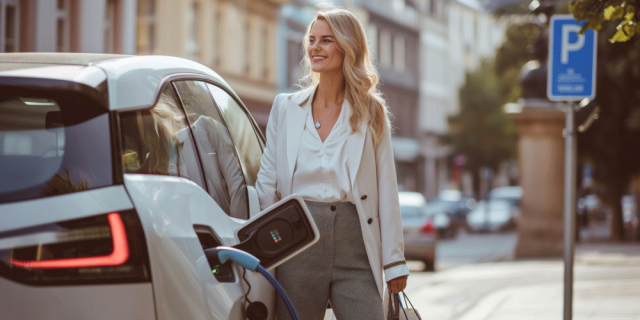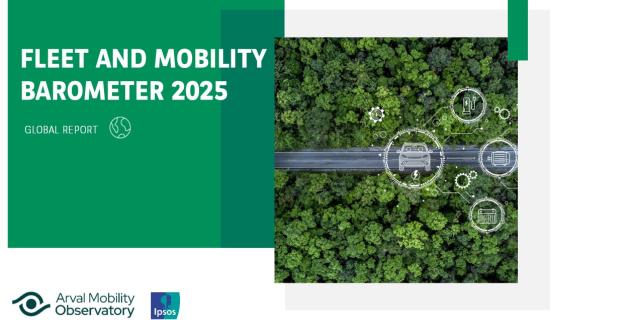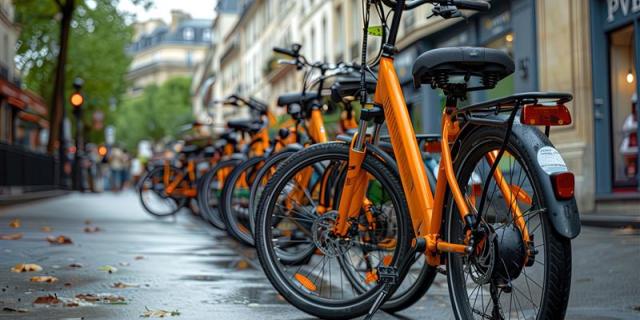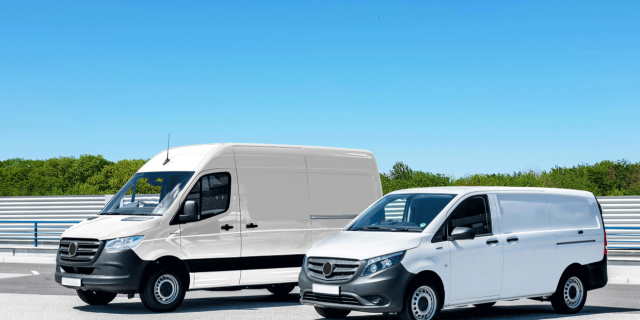Paris, 7th of September 2020
Today, 58% of the world’s population live in urban areas, a proportion that is forecast to increase to 70 % by 2050. This situation generates a lot of challenges such as air quality concerns, congestion, hours lost in traffic (around 163 hours per driver in Paris in 2019), time that could be spent doing other activities…. All these concerns are increasingly emphasized after the lockdown period.
More sustainability, a greener environment in the cities are the strong targets that all urban ecosystem strive for. Public and private actors work together in this direction.
In our recent video (https://mobility-observatory.arval.com/mobility-as-a-service-why-how-where), we have explained that Mobility as a Service could be one of the solutions. The goal of Mobility as a Service is to connect multiple mobility modes into a seamless accessible system, driven by demand and data. MaaS promises to lower congestion, to improve air quality and lower time spent in transit, all while making better use of the existing infrastructure . Another example is where municipalities are turning roads into bike lanes and reallocating space for walking and cycling (Roma, Vienna, Milan, Paris, Bogota are a few of them).
However, would it be a question of thinking the city not in term of city planning but in term of urban life planning? That is what the concept of the “15 minute- city” is developing. What does it mean?
The concept of the "15 minute-city” is one in which daily urban necessities are within a 15 minute reach on foot or by bike. The six essential urban social functions would be fulfilled within short distances: living, working, supplying, caring, learning and enjoying.
This concept is developed by Professor Carlos Moreno at the Sorbonne in Paris and is also mentioned in the C40 Mayors’ agenda for a Green and Just Recovery launched in July 2020. C40 is a network of the world’s megacities (96 cities) committed to addressing climate change. C40 supports cities to collaborate effectively, share knowledge and drive meaningful, measurable and sustainable action on climate change. In this document, C40 mayors are implementing urban planning policies to promote the 15 minute- city as a framework for recovery, whereby all city residents are able to meet the majority of their needs within a short walk or bicycle ride from their homes. In order to reach this target, the C40 mayors express the fact that they must create a regulatory environment that encourages inclusive zoning, mixed-use development and flexible buildings and spaces. Paris and Milan are cities mentioned as examples of best practice within this document. In Paris, the city plans to add offices and co-working hubs and is encouraging remote working. This means transforming the urban space, the urban organization, develop multipurpose services: for example a school could be used for other activities during the weekend, buildings could be used for mixed purposes such as living and working using remote working. Re-elected mayor Anne Hidalgo has defined this concept as a key theme of her program.
However, is it just a concept or can it really turn into reality?
Improving air quality, decreasing the time it takes citizens to commute every day, improve citizens well-being are part of the C40 Mayors’ targets but it will also generate a lot of changes regarding our current organizations.
What are the limits of these changes? One of them is that not all companies will be able to install offices close to our homes; people living in the suburbs and working in city centers will not necessarily be able to or wish to live in these city centers. Which means finding another job close to their home or working from home which is not always possible…..
The idea of chrono-urbanism is not a new one; the question is whether people are now more open to the concept than before?











